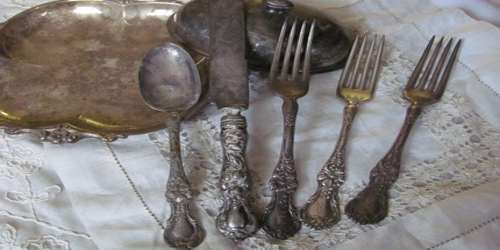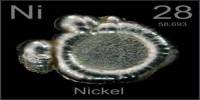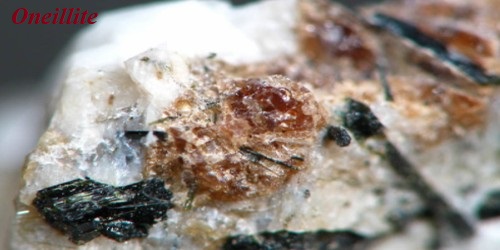Tarnish
Definition
Tarnish is a substance which forms on the surface of some metals and which stains them or causes them to lose their brightness. It is a thin layer of corrosion that forms over copper, brass, silver, aluminum, magnesium and other similar metals as their outermost layer undergoes a chemical reaction.

Tarnish actually preserves the underlying metal in outdoor use, and in this form is called patina. The formation of patina is necessary in applications such as copper roofing, and outdoor copper, bronze, and brass statues and fittings. Patina is the name given to tarnish on copper based metals.
In 1590s, from present participle stem of Middle French ternir “dull the luster or brightness of, make dim” (15c.), probably from Old French terne (adj.) “dull, dark,” from a Germanic source cognate with Old High German tarnjan “to conceal, hide,” Old English dyrnan “to hide, darken,” from Proto-Germanic *darnjaz. Tarnish does not always result from the sole effects of oxygen in the air.
For example, silver needs hydrogen sulfide to tarnish, although it may tarnish with oxygen over time. It often appears as a dull, gray or black film or coating over metal. Tarnish is a surface phenomenon that is self-limiting, unlike rust. Only the top few layers of the metal react, and the layer of tarnish seals and protects the underlying layers from reacting.

Properties of Tarnish
Property in certain minerals that cause them to discolor when placed in certain environments. The best example is Silver, which develops a yellowish-black coating on its surface when exposed to hydrogen sulfide (H2S), which is present in small quantities in the atmosphere.
The only true indication of a chemical change is that a new substance has been formed.Tarnish is a product of a chemical reaction between a metal and a nonmetal compound, especially oxygen and sulfur dioxide. It is usually a metal oxide, the product of oxidation. Sometimes it is a metal sulfide. The metal oxide sometimes reacts with water to make the hydroxide; and carbon dioxide to make the carbonate.

Using a thin coat of polish can prevent tarnish from forming over these metals. Tarnish can be removed by using steel wool, sandpaper, emery paper, baking soda or a file to rub or polish the metal’s dull surface. Fine objects may have the tarnish electrochemically reversed (non-destructively) by resting the objects on a piece of aluminium foil in a pot of boiling water with a small amount of salt or baking soda, or it may be removed with a special polishing compound and a soft cloth. Gentler abrasives, like calcium carbonate, are often used by museums to clean tarnished silver as they cannot damage or scratch the silver and will not leave unwanted residues.
Reference:
















